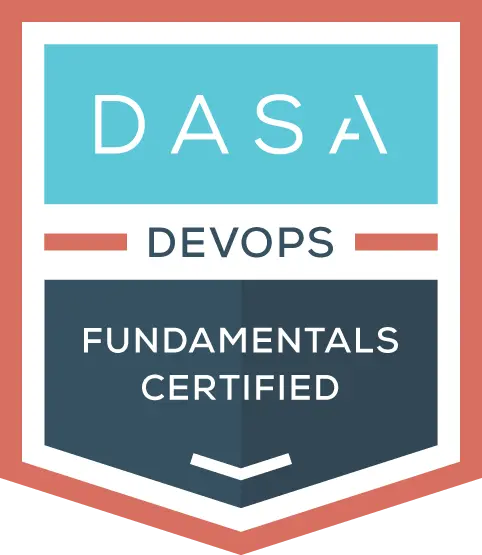Inclusive innovation leverages the diverse perspectives, experiences, and skills of all team members, driving creativity and improving business outcomes. This article delves into the importance of inclusive innovation, exploring strategies to implement it effectively, and highlighting the tangible benefits it brings to organizations.
The Impact of Inclusive Innovation
The power of inclusive innovation lies in its ability to harness the collective potential of diverse teams. Research consistently shows that diverse teams outperform their homogeneous counterparts. A study by Korn Ferry reveals that diverse and inclusive teams are 70% more likely to capture new markets, and 75% of inclusive innovators see their ideas become successful products. Additionally, companies with above-average diversity report 19% higher innovation revenue.
Some great statistics surrounding inclusive innovation include:
- Market Capture: Diverse teams are 70% more likely to capture new markets.
- Product Success: 75% of ideas from inclusive teams successfully become products.
- Revenue Boost: Companies with above-average diversity see a 19% increase in innovation revenue.
- Decision-Making: Diverse teams make better decisions 87% of the time.
Building Diverse Teams
Intentional team building is crucial for fostering inclusive innovation. To improve diversity and inclusion, organizations can adopt several key strategies. First, broaden recruitment channels by actively seeking candidates from underrepresented groups through networks focused on diversity, such as disability and diversity recruiting organizations. Additionally, adopting inclusive hiring practices, like blind recruitment, helps eliminate bias and ensure fair candidate evaluation.
Creating an inclusive culture is equally important. Work to foster psychological safety by encouraging an environment where all team members feel comfortable sharing their ideas and perspectives. Use inclusive language to ensure respect and value for everyone, and provide ongoing diversity and inclusion training to continuously raise awareness and promote an inclusive workplace.
Inclusive Design Practices
Inclusive design goes beyond accessibility for specific groups, aiming to enhance the overall user experience for everyone. To achieve this, ensure that all tools and software used within the organization are accessible to all users, and regularly review and adapt design practices based on feedback from a diverse user base.
Collaboration is important for effective inclusive design. Engage with a diverse group of stakeholders in the design process to incorporate multiple perspectives, and work with advocacy groups to co-design solutions that address the needs of all users. This approach allows for a more comprehensive and user-friendly outcome for everyone.
Leadership and Continuous Improvement
Effective leadership is cruciall to driving inclusive innovation. Leaders must model inclusive behaviors, champion diversity initiatives, and create dynamic partnerships with educational institutions, nonprofits, and advocacy organizations. Additionally, they should focus on measurable goals and continuous improvement.
Key Performance Indicators (KPIs)
- Inclusive Hiring Practices: Track and measure inclusive hiring practices annually or biannually.
- Diversity Metrics: Monitor diversity within the workforce and leadership growth to ensure progress.
Technological Innovations and Broader Impact
Inclusive design has already led to numerous technological innovations that benefit a wide range of users. Examples include:
- Accessible Smart Home Devices: Devices designed with accessibility in mind, such as voice assistants and text-to-speech software.
- Assistive Technologies: Innovations like bone conduction headphones and speech-to-text applications that cater to diverse needs.
These innovations not only serve their intended audiences but also provide broader humanitarian benefits, enhancing the overall user experience.
As technology continues to evolve, AI will also play a significant role in inclusive innovation. However, it’s crucial to ensure that AI models are trained with diverse data to avoid perpetuating biases. Organizations must implement best practices and maintain a human check-and-balance system to ensure inclusivity in AI applications. You can prepare for future innovations by involving diverse user groups in the development and testing of AI models, and staying informed about the latest trends and best practices in inclusive innovation.
Conclusion
Inclusive innovation is a strategic advantage that drives better business outcomes. By intentionally building diverse teams, fostering an inclusive culture, and leveraging inclusive design practices, organizations can create dynamic solutions that meet the needs of a broader user base. Leadership commitment and continuous improvement are key to sustaining these efforts and ensuring long-term success.
By embracing inclusive innovation, organizations can tap into a wider market, enhance customer satisfaction, and improve employee engagement and retention. Ultimately, it is not only good business but also the right thing to do, paving the way for a more inclusive and equitable future.


DASA DevOps Certification Program
DASA DevOps Certification Program equips you with the foundational skills to understand and implement key DevOps principles. You’ll learn how to foster collaboration across teams, streamline workflows, and accelerate delivery cycles—all while ensuring your organization is prepared for long-term digital transformation.
